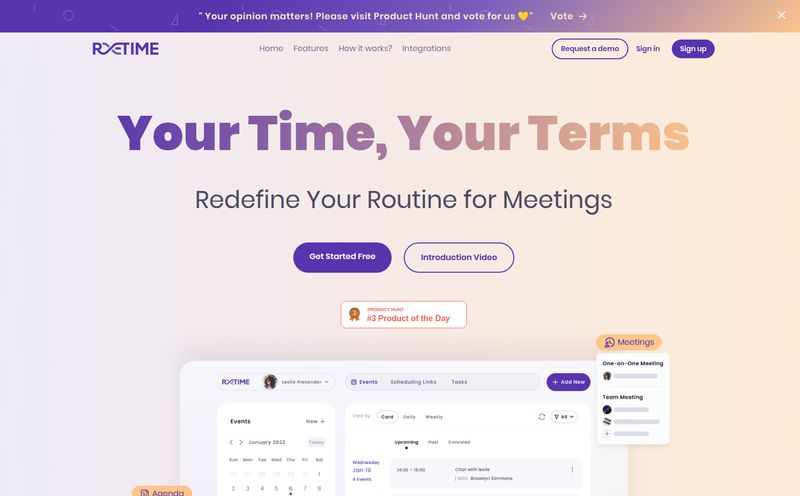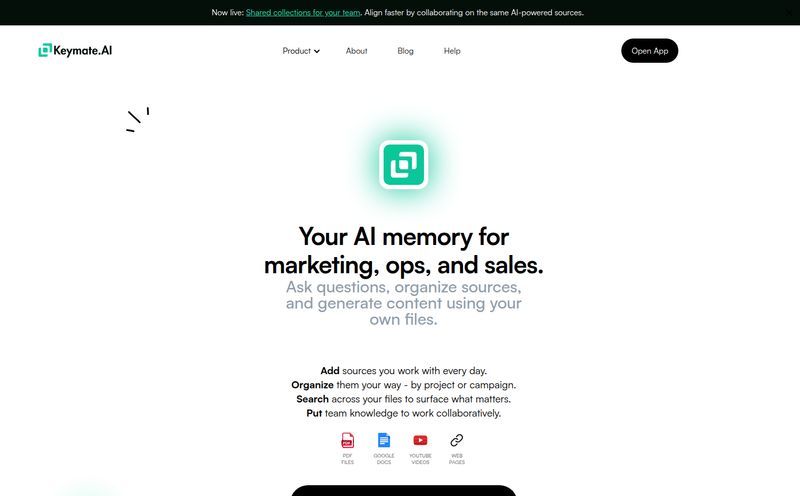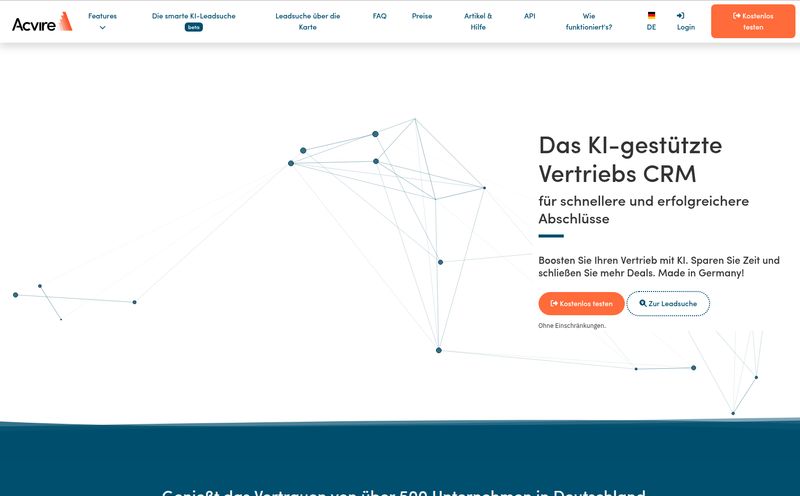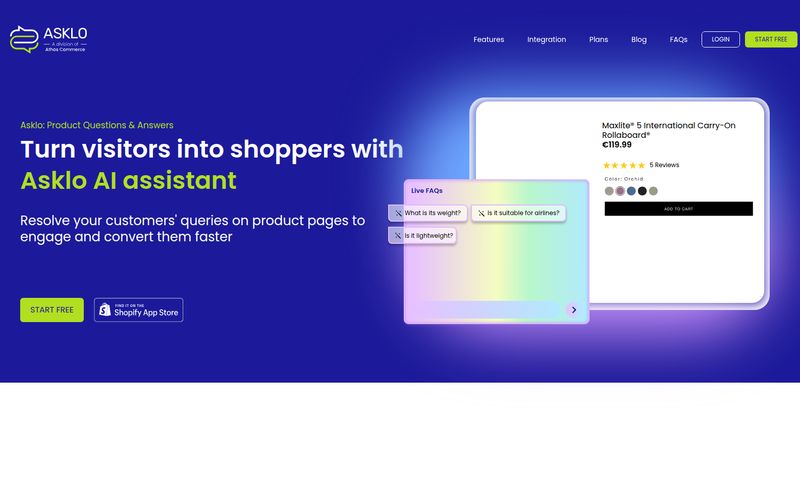If you run an online fashion store, you know the four-word horror story that haunts your support inbox and your profit margins: “It didn’t fit me.”
Returns. They’re the ghost in the machine of every online fashion store. A silent profit-killer that keeps you up at night, tangled in the messy web of reverse logistics, restocking fees, and disappointed customers. For years, we’ve tried to solve it with ridiculously detailed size charts, customer photos, and pleading notes in the product description. Yet, the returns keep coming.
I’ve been in the SEO and traffic generation game for a while, and I’ve seen firsthand how high return rates can cripple an otherwise successful e-commerce brand. It’s not just the money; it’s the friction. It kills your conversion rates and erodes customer trust. So when a tool pops up claiming to use AI to solve this age-old problem, my ears perk up. The tool in question? FitEz.
The Real, Painful Cost of a Bad Fit
Before we get into the tech, let's just sit with the problem for a moment. FitEz’s own site claims that size mismatches can cost brands up to 4.7% in return rates. That number might not sound huge on its own, but think about what it represents. It’s not just the cost of shipping both ways. It’s the labor to process the return, inspect the item, and put it back into inventory (if it's even sellable). It’s the marketing dollars you spent to get that customer in the first place, all for a net loss.
And that’s just the business side. For the shopper, it’s a huge letdown. We've all been there, right? You order that perfect dress for an event, wait a week for it to arrive, and it fits like a potato sack. Or worse, you can't even get it on. Instantly, your excitement turns to frustration. Will you order from that brand again? Maybe. But you’ll definitely hesitate. That hesitation is where profit goes to die.
So, What Exactly is FitEz?
Alright, enough doom and gloom. FitEz presents itself as the AI-powered knight in shining armor for this very problem. In simple terms, it's an intelligent sizing solution that integrates directly into your product pages. Think of it less as a static size chart and more like a personal, virtual tailor for every single person who visits your site.
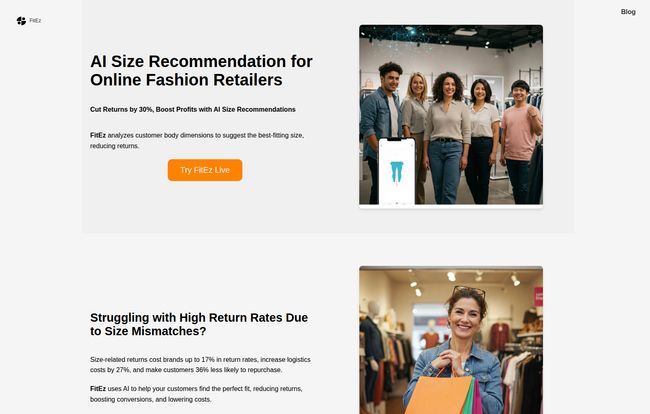
Visit FitEz
Instead of forcing customers to guess their size based on generic measurements, FitEz uses machine learning to provide a personalized size recommendation. It claims to do this by collecting customer body dimensions and preferences, then running them through its algorithm to find the perfect fit within your product catalog. The big promise here is a dramatic reduction in size-related returns (they toss around a figure of up to 50%) and a subsequent boost in shopper confidence and sales. As an SEO, anything that boosts conversion rates without needing more traffic is a huge win.
How This AI Sizing Guru Actually Works
“AI-powered” is a term that gets thrown around a lot these days, sometimes to describe what's basically a fancy calculator. So, I was curious about what's actually under the hood with FitEz.
The Magic of Machine Learning
From what I can gather, the core of FitEz is its algorithm. It’s not just matching chest-waist-hip numbers. The platform collects shopper preferences and applies machine learning to understand how different body types fit into different garments. This means it learns over time. The more data it gets, the smarter its recommendations become. It’s a dynamic system, not a one-off calculation, which is genuinely interesting.
A Painless Integration Process
Here’s the part that will make store owners and their developers breathe a sigh of relief. FitEz claims the integration is “effortless.” Apparently, you only need to copy a few lines of code into your site. It’s designed to work seamlessly with the big players in e-commerce: Shopify, WooCommerce, and Magento. In my book, any tool that doesn’t require a three-month development project to get up and running is already ahead of the game. It’s a huge selling point for small to medium-sized businesses that don't have a massive IT department on standby.
Real-Time Guidance for Shoppers
From the customer's point of view, the experience is meant to be smooth. They land on a product page, and instead of just seeing S, M, L, they get a prompt from FitEz. They input their details, and boom—they get a data-driven size suggestion. This simple interaction can be incredibly powerful. It changes the shopper's mindset from “I think this will fit” to “The store is recommending this size for me.” That’s a huge psychological jump that can push a hesitant buyer over the finish line.
The Good, The Bad, and The Sizing Tape
No tool is perfect, right? It’s always a balance of pros and cons. When I was digging around their site, I even found their 'View FitEz in Action' link was having a bit of a sizing issue itself, returning a 404 error. A little ironic, sure, but it speaks to a larger truth: things aren't always a perfect fit, which is precisely the problem they're aiming to solve.
The Advantages of FitEz
The upsides are pretty clear and compelling. First, you have the potential to slash those costly size-related returns. This directly impacts your bottom line. Second, you’re boosting shopper confidence. A confident shopper is more likely to convert, and they’re also more likely to become a repeat customer, increasing their lifetime value (CLV). And finally, the easy integration is a massive plus. The less technical friction, the better.
The Potential Hiccups
Now, here's the elephant in the room: it all hinges on getting accurate customer data. The biggest challenge I see is the “requires customer body dimension data” part. How does it get this? Does the customer have to pull out a measuring tape? We all know how much people love doing that. If the process is clunky or asks for too much effort, user adoption could be low.
The effectiveness of the tool is directly tied to the accuracy of the measurements a customer provides. Garbage in, garbage out. If a user guesstimates their waist size, the AI's recommendation is going to be based on faulty data. This isn’t a flaw in FitEz itself, but a fundamental human challenge it has to overcome. I’d love to see exactly how they prompt users for this information to make it as foolproof as possible.
Let's Talk Money: What's the FitEz Price Tag?
This is the million-dollar question, isn't it? Or, hopefully, a lot less. Currently, FitEz doesn’t have a public pricing page. The site pushes you to “Start Your Free Trial” or “Schedule a Demo.”
This is pretty standard for B2B SaaS solutions targeting a specific niche. It almost certainly means they use a quote-based model. The price you pay will likely depend on factors like your monthly site traffic, the number of SKUs in your catalog, and the level of support you need. While I always prefer transparent pricing, this approach allows them to create custom packages. For a high-volume store, the investment could be substantial, but the ROI from reducing returns by, say, 30-50% could make it a no-brainer.
Who Is FitEz Really For?
So, who should be scheduling that demo? In my opinion, FitEz is tailor-made for a few specific types of businesses:
- Established Fashion Brands on Shopify/WooCommerce: If you have a steady stream of traffic and sales but are bleeding profit on returns, you are the prime customer.
- Retailers with Tricky Sizing: Do you sell formalwear, intricate lingerie, or unisex apparel where sizing is notoriously difficult? A tool like this could be a game-changer.
- Data-Driven Store Owners: If you’re a merchant who loves analytics and is focused on conversion rate optimization (CRO), implementing a tool like FitEz is a logical next step.
- Brands Focused on Customer Experience: If your brand identity is built on trust and a premium customer experience, minimizing the frustration of returns is paramount.
The Final Verdict on FitEz
At the end of the day, the concept behind FitEz is incredibly sound. It targets one of the single biggest pain points in fashion e-commerce with a modern, intelligent solution. The idea of swapping out a static, one-size-fits-all chart for a dynamic, personalized recommendation engine is the natural evolution of online shopping.
Is it a silver bullet that will magically eliminate all your returns? Probably not. You’ll still have people who simply don’t like the color or style. But in the arms race against the dreaded “it didn’t fit” return, FitEz looks like a powerful new weapon. If your brand is struggling to get sizing right, it seems well worth the time to schedule a demo and see if it can, quite literally, measure up to its promises.
Frequently Asked Questions About FitEz
- 1. How does FitEz actually reduce my return rates?
- FitEz uses AI and machine learning to provide highly accurate size recommendations based on a shopper's individual body dimensions. This precision minimizes the chances of a customer ordering the wrong size, which directly reduces the number of returns caused by size mismatches—reportedly by up to 50%.
- 2. Is FitEz difficult to install on my e-commerce store?
- No, according to their site, it’s designed for easy integration. It only requires adding a few lines of code to your website and works out-of-the-box with major platforms like Shopify, WooCommerce, and Magento.
- 3. What kind of clothing does FitEz work with?
- The platform is versatile and works for a wide range of apparel, including men's, women's, and unisex clothing. It’s particularly useful for items where fit is critical.
- 4. How does FitEz get customer measurements? Is it complicated for the shopper?
- This is the key question. The platform needs customer body data to work. While FitEz doesn't detail the exact user interface, the goal is to make this process as simple as possible for the shopper to avoid friction. The effectiveness of the tool relies on how seamlessly this data is collected.
- 5. Is the pricing for FitEz public?
- No, FitEz does not list its pricing publicly. You need to contact them to schedule a demo or start a free trial to get a custom quote, which is likely based on your store's size and traffic volume.
Reference and Sources
- FitEz Official Website (Note: URL based on site copyright information)
- The Plague of Ecommerce Return Rates and How to Reduce It - Shopify Blog
